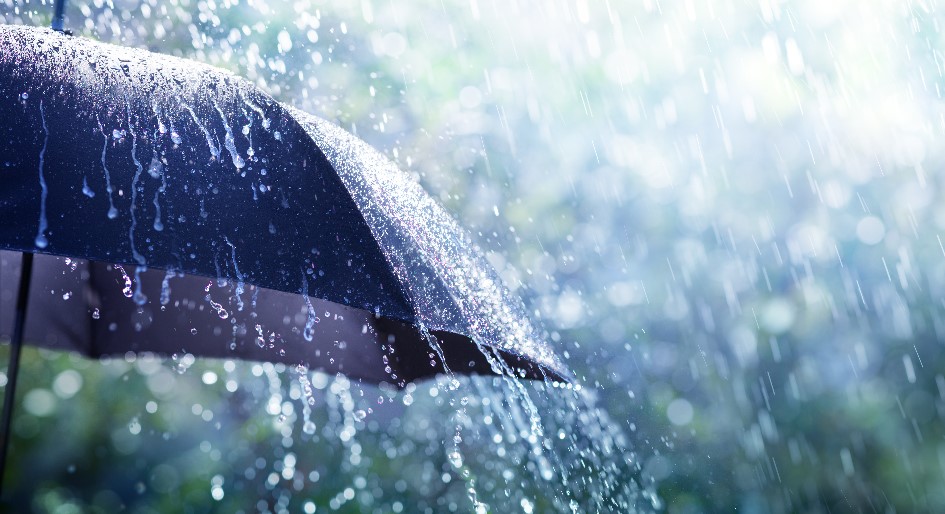Proposed changes to the National Plumbing Code could ease the process and cost of installing rainwater harvesting systems in most types of building occupancies, but would prohibit non-potable water supply to toilets and urinals in health care facilities. The measures address silences in the current code and are part of an expansive package of proposed changes that the Canadian Commission on Building and Fire Codes (CCBFC) released for public review earlier this fall.
Expressly stated requirements for rainwater harvesting should simplify the steps to attain permits. This would replace the more unwieldy alternative solution process, which requires third-party validation, that prospective proponents now undertake in jurisdictions where there is an extra burden of proof for technologies not referenced in the code. The CCBFC estimates those consulting services can add $1,500 to $8,000 to the cost of installation.
The initiative also responds to advice from the Provincial/Territorial Policy Advisory Committee on Codes (PTPACC), which supports it as a means to meet the code’s water efficiency objective. “In some provinces, there is legislation to encourage the reuse of water or the use of collected rainwater in public buildings. Code requirements decrease the cost of implementation,” the CCBFC rationale states.
As proposed, statements added to the code define applicable rainwater as “storm water discharged from an above-ground roof surface” and harvesting systems as a storage tank and associated pumps, pipes and fittings that must be connected to a plumbing system. Stand-alone rain barrels are specifically disallowed.
Systems will have to be capable of treating collected water “to appropriate provincial or territorial requirements” and system design will be expected to have regard for the environmental conditions of the roof area where rainwater is collected. Contaminants and other compromising factors must be considered and mitigated.
“Contaminants of concern include industrial and urban traffic emissions and pesticides and other agricultural chemicals,” the text of the proposed code change states. “Other factors that can influence the levels of contaminants in the delivered non-potable water include the building’s geometry, and prevailing winds and seasonal activity in the local area.”
Harvested rainwater can only be supplied to fixtures where “food consumption, drinking and food preparation are unlikely”. Even so, the potential for chemicals or pathogenic micro-organisms in harvested rainwater underlies another proposed code change to specifically prohibit non-potable water to supply toilets and urinals in health care facilities.
This will eliminate the possibility that patients with weakened immune systems could be exposed to risks via non-potable water. However, health care facilities managers observe that it’s largely a redundant precaution since such systems are unlikely to be acceptable under internal infection control protocols in hospitals or long-term care homes.
The CCBFC will be accepting comments on all proposed code changes until December 23, 2019.








